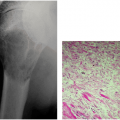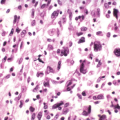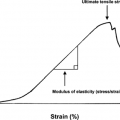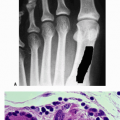Surgical Margins
Robert Quinn
Appropriate surgical planning for the treatment of musculoskeletal tumors requires proper histologic diagnosis and staging. The type of surgical margin most appropriate for a given tumor is, to a large extent, dictated by the appropriate stage.
Terminology
The pathologic definitions in Table 4.1-1 are essential to the understanding of surgical margins.
Surgical Procedures
Principles of Selecting the Appropriate Surgical Procedure
Selection of the most appropriate surgical margin is dependent upon the overall treatment goals of the patient.
Table 4.1-3 shows some example tumor types according to surgical stage for each type of surgical procedure.
If the goal of treatment is to establish the best chance of cure, then the most appropriate margin is that which will provide the lowest risk of local recurrence.
Life-threatening malignancy: successful limb salvage is a secondary goal, and margins should not be
compromised in an effort to save a limb or improve its function.
Most aggressive benign tumors: rarely life- or limb-threatening, and these are often best treated with a less aggressive procedure, accepting a low rate of local recurrence in exchange for improved functional outcome
Table 4.1-1 Terms Pertaining to Surgical Margins | ||||||||
|---|---|---|---|---|---|---|---|---|
|
Table 4.1-2 Definitions of Surgical Procedures Related to Margins | ||||||||||||||
|---|---|---|---|---|---|---|---|---|---|---|---|---|---|---|
|
Stay updated, free articles. Join our Telegram channel

Full access? Get Clinical Tree








